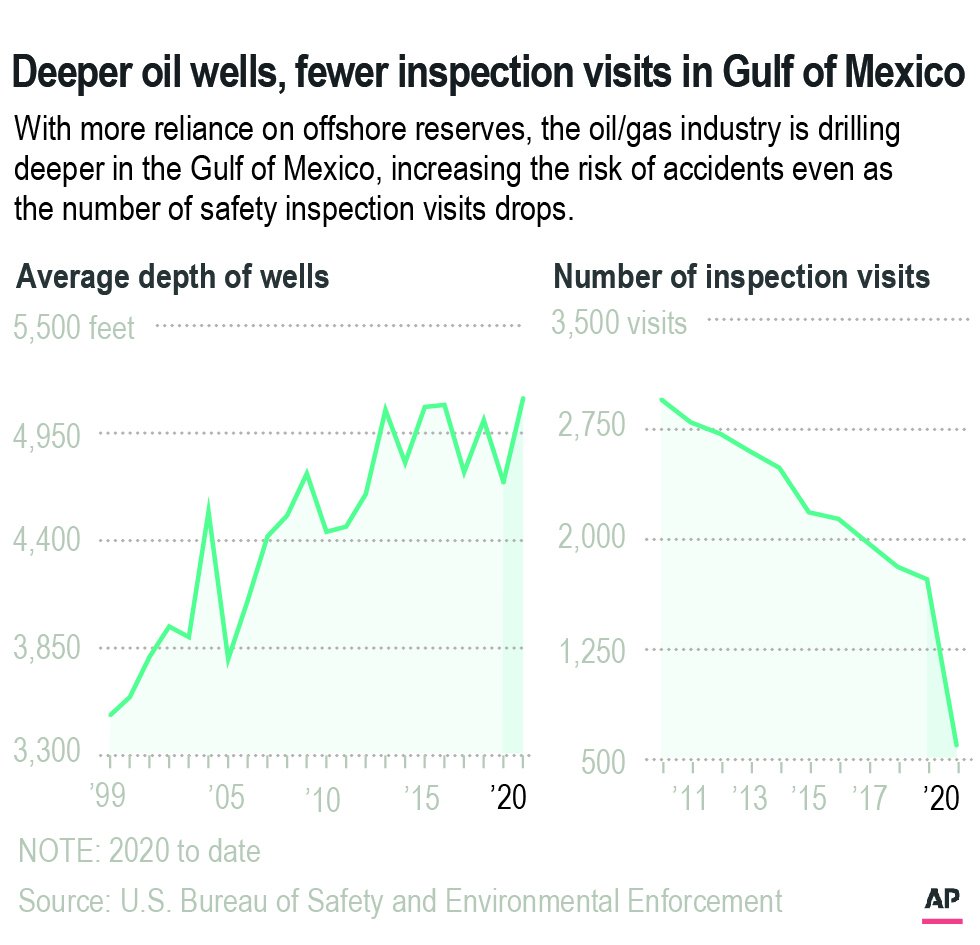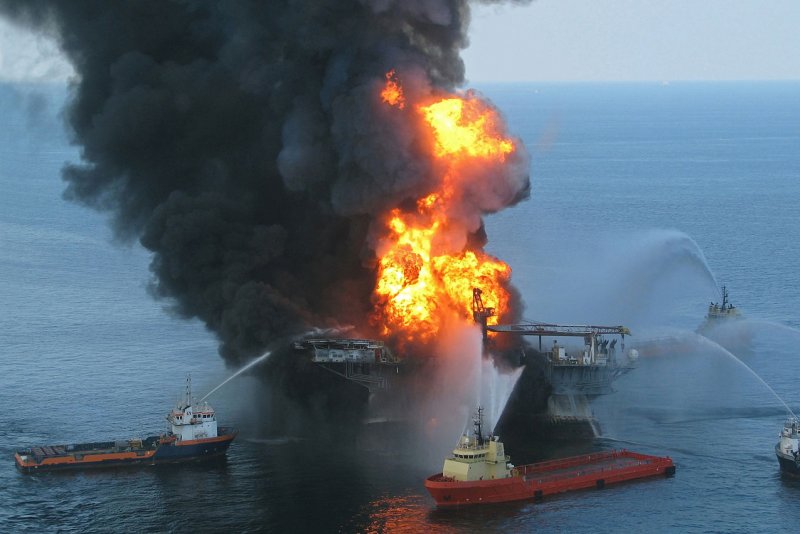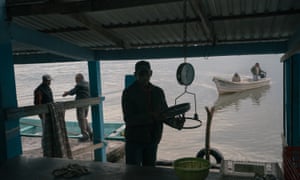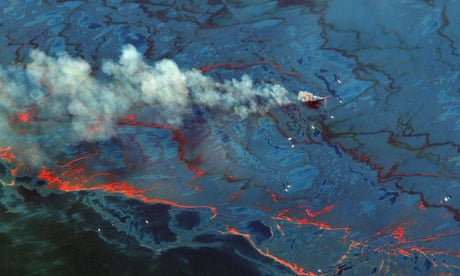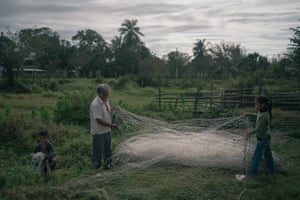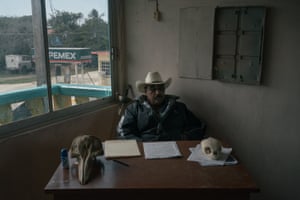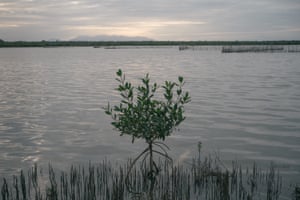Going beyond the limit: WVU researcher develops novel exposure assessment statistical methods for Deepwater Horizon oil spill study
IMAGE: THE 2010 DEEPWATER HORIZON OIL SPILL INVOLVED OVER 9,000 VESSELS DEPLOYED IN THE GULF OF MEXICO WATERS ACROSS ALABAMA, FLORIDA, LOUISIANA AND MISSISSIPPI AND TENS OF THOUSANDS OF WORKERS ON THE WATER AND ON LAND. view more
CREDIT: SUBMITTED PHOTO/NIEHS
Nearly 12 years after the Deepwater Horizon oil spill, scientists are still examining the potential health effects on workers and volunteers who experienced oil-related exposures.
To help shape future prevention efforts, one West Virginia University researcher – Caroline Groth, assistant professor in the School of Public Health’s Department of Epidemiology and Biostatistics – has developed novel statistical methods for assessing airborne exposure. Working with collaborators from multiple institutions, Groth has made it possible for researchers to characterize oil spill exposures in greater detail than has ever been done before.
With very few Ph.D. biostatisticians in the area of occupational health, there were few appropriate statistical methodologies for the assessment of inhalation exposures for the GuLF STUDY, a study launched by the National Institute of Environmental Health Sciences shortly after the Deepwater Horizon oil spill. The purpose of the study, which is the largest ever following an oil spill: examine the health of persons involved in the response and clean-up efforts. Groth was part of the exposure assessment team tasked with characterizing worker exposures and led by Patricia Stewart and Mark Stenzel.
Groth’s statistical methods, which she began in 2012, laid the framework for a crucial step for determining whether there are associations between exposures and health outcomes from the oil spill and clean-up work, which involved over 9,000 vessels deployed in the Gulf of Mexico waters across Alabama, Florida, Louisiana and Mississippi and tens of thousands of workers on the water and on land.
The Deepwater Horizon oil spill is considered the largest marine oil spill in the history of the U.S.
“Workers were exposed differently based on their activities, time of exposure, etc., and our research team’s goal was to develop exposure estimates for each of those scenarios and then link them to the participants’ work history through an ‘exposure matrix,’” Groth said.
These methods make it possible for other researchers to estimate individuals’ levels of exposure and link it to their health outcomes.
Additionally, Groth uncovered a new way of accounting for exposures that instruments cannot detect. The threshold at which exposures cannot be detected is referred to as the LOD, or limit of detection. Groth’s methods go beyond that limit, accounting for the fact that there is uncertainty in exposure measurements below the LOD.
“Basically, what happens is the instrument reports undetectable, or ‘zero,’" Groth explained. “Previously, less reliable approaches were likely used – such as replacing it with a single value or forecasting. Those approaches do not consider actual variability in the data which, if not considered, can lead to inaccurate exposure estimates. However, we know with certainty they cannot be ‘zero.'
“We know it’s between that threshold and zero, and there is likely variability in these measurements that we should account for. Our methods allow us to account for this variability and get a quantitative estimate of concentration.”
Her findings, along with her team’s, were recently published in the Annals of Work Exposures and Health. Dale Sandler, chief of the Epidemiology Branch and senior investigator at the National Institute of Environmental Health Sciences, said the efforts of Groth – who served as primary author for two of the manuscripts and co-author for eight published manuscripts – and her colleagues have opened new doors.
“The Gulf Long-term Follow-up Study is larger and more long-term than research on other oil spills, but the major defining feature of the study is the level of detail on potential oil-spill exposures and the extensive efforts made to characterize the exposures of those who helped to clean up following this environmental and potential public health disaster,” Sandler, principal investigator of the study, said. “Dr. Groth, who has played a key role in characterizing the chemical exposures of persons participating in the GuLF Study, and her colleagues have allowed us to characterize respiratory exposures to a broad class of chemicals resulting from the oil spill.”
Research continues to be conducted, with plans to continue following these workers for additional health effects going forward to determine if any exposures were associated with detrimental health outcomes. Both Groth and Sandler see the effort as an important step to identifying factors that contribute to long-term safety and health.
Sandler added, “This will help us identify links between specific exposures and health effects and could help us identify targets for future prevention efforts.”
JOURNAL
Annals of Work Exposures and Health
ARTICLE TITLE
Assessing Exposures from the Deepwater Horizon Oil Spill Response and Clean-up






